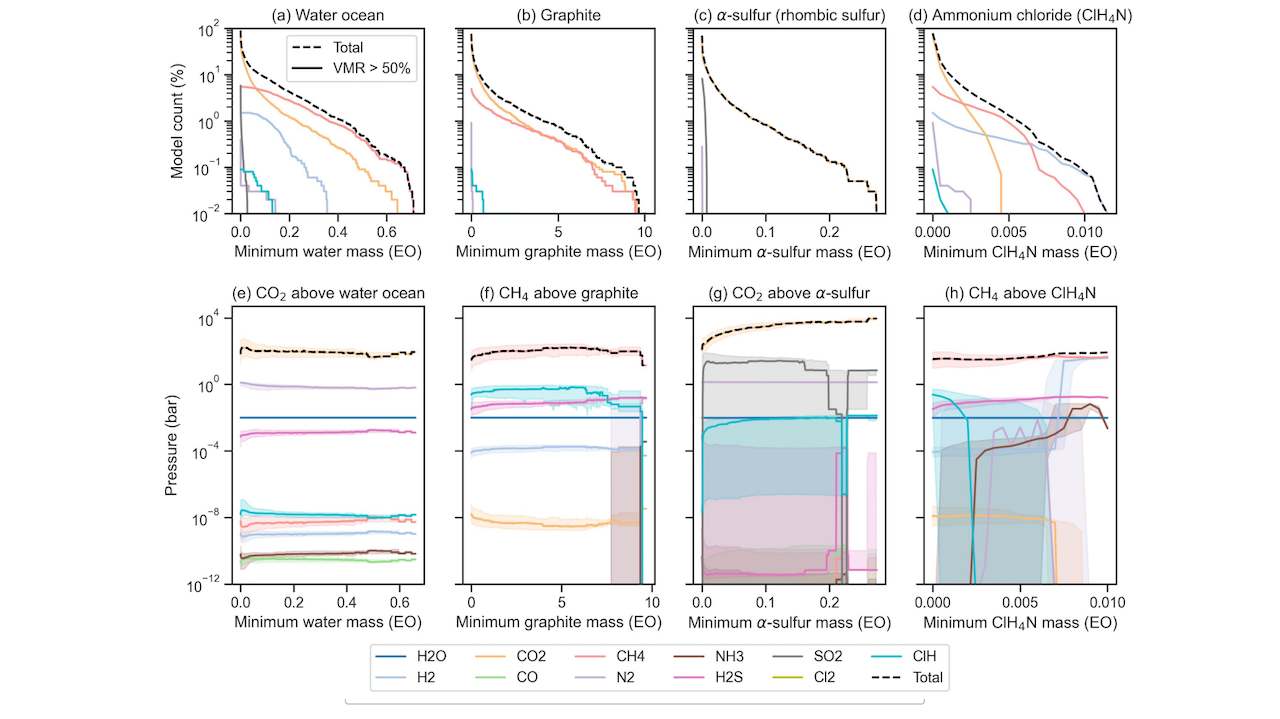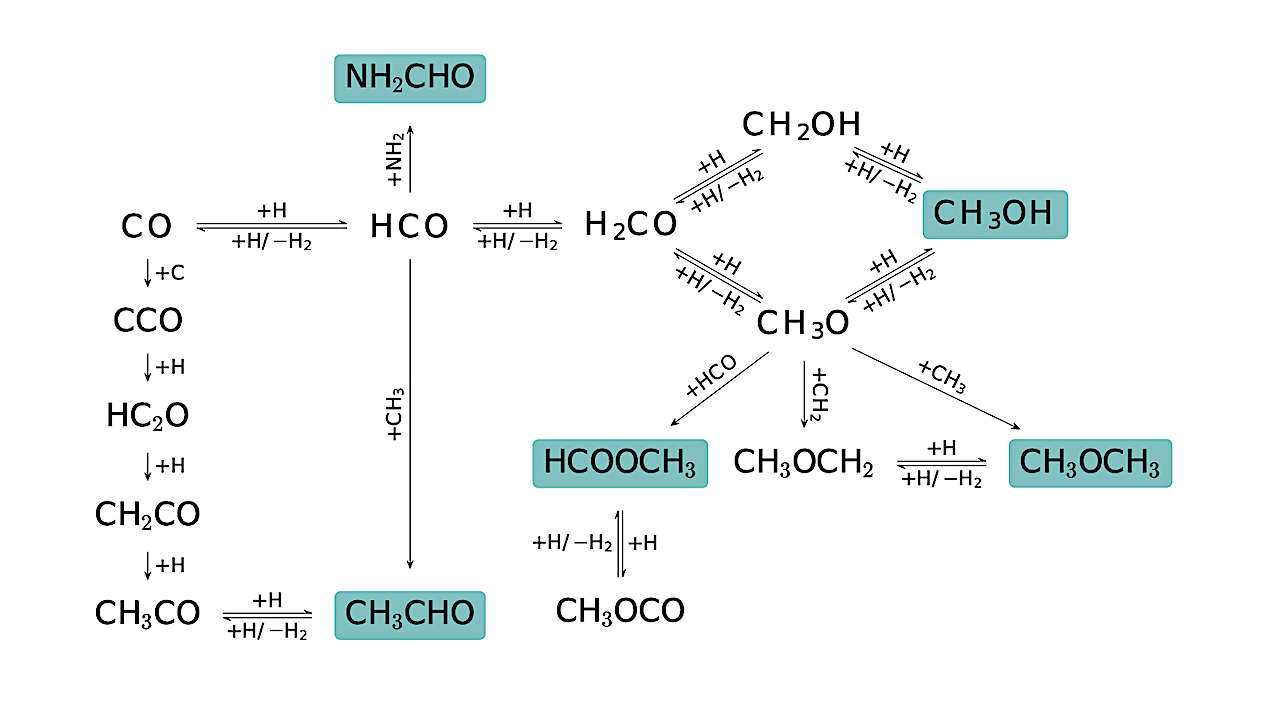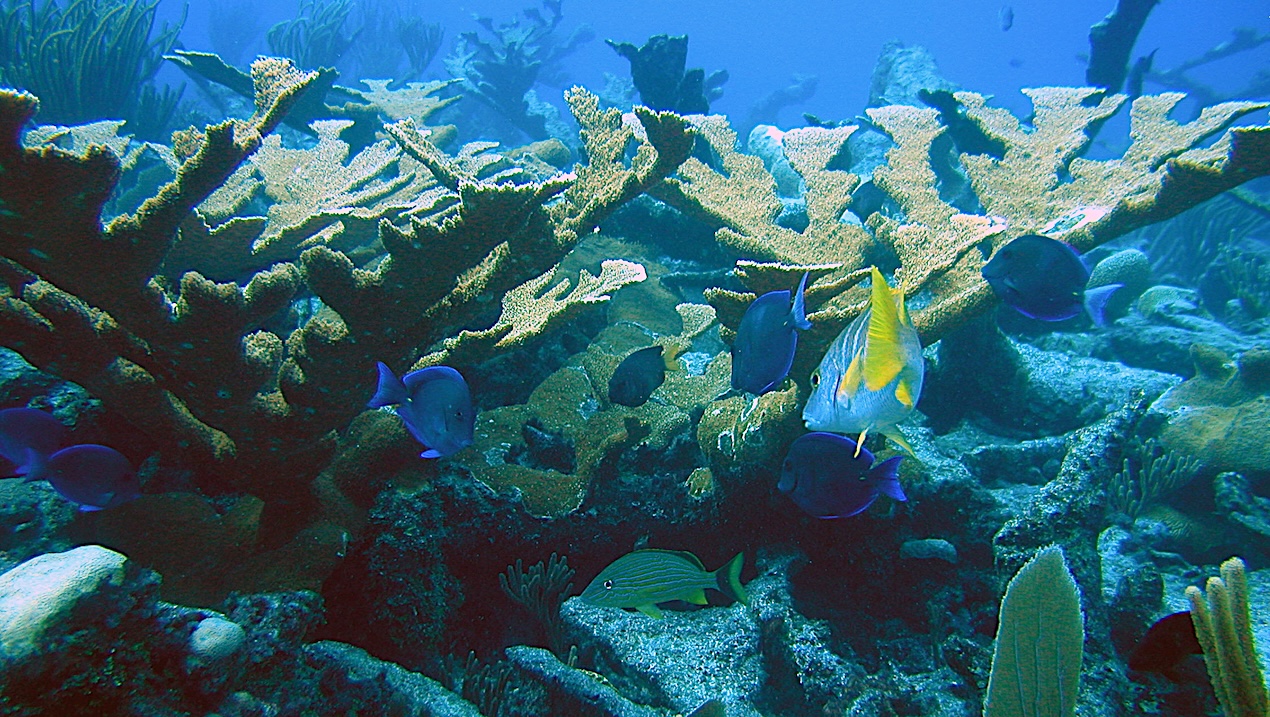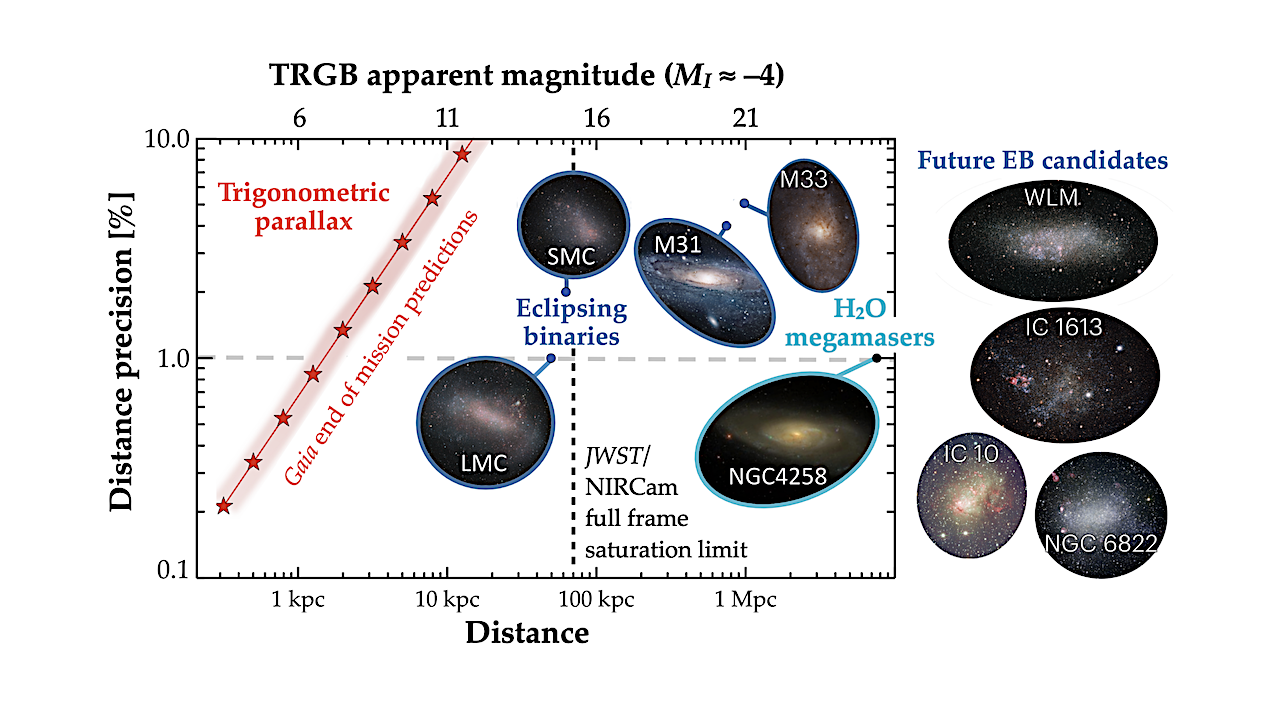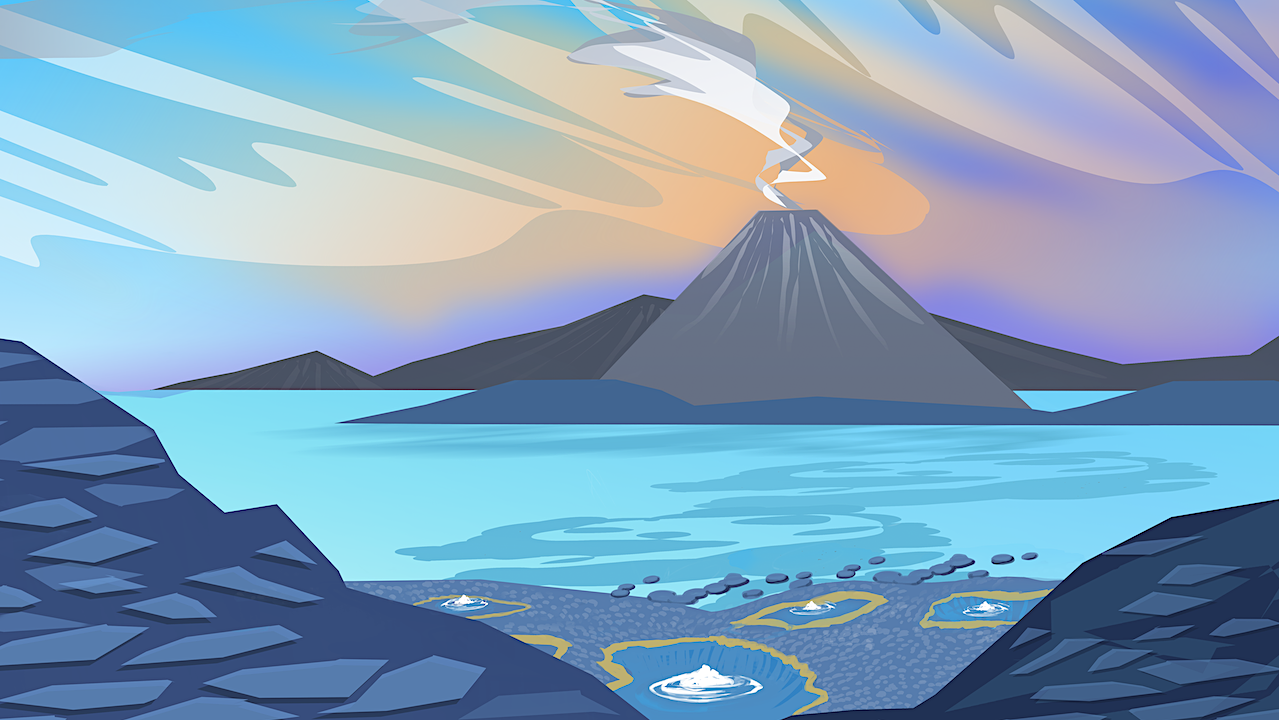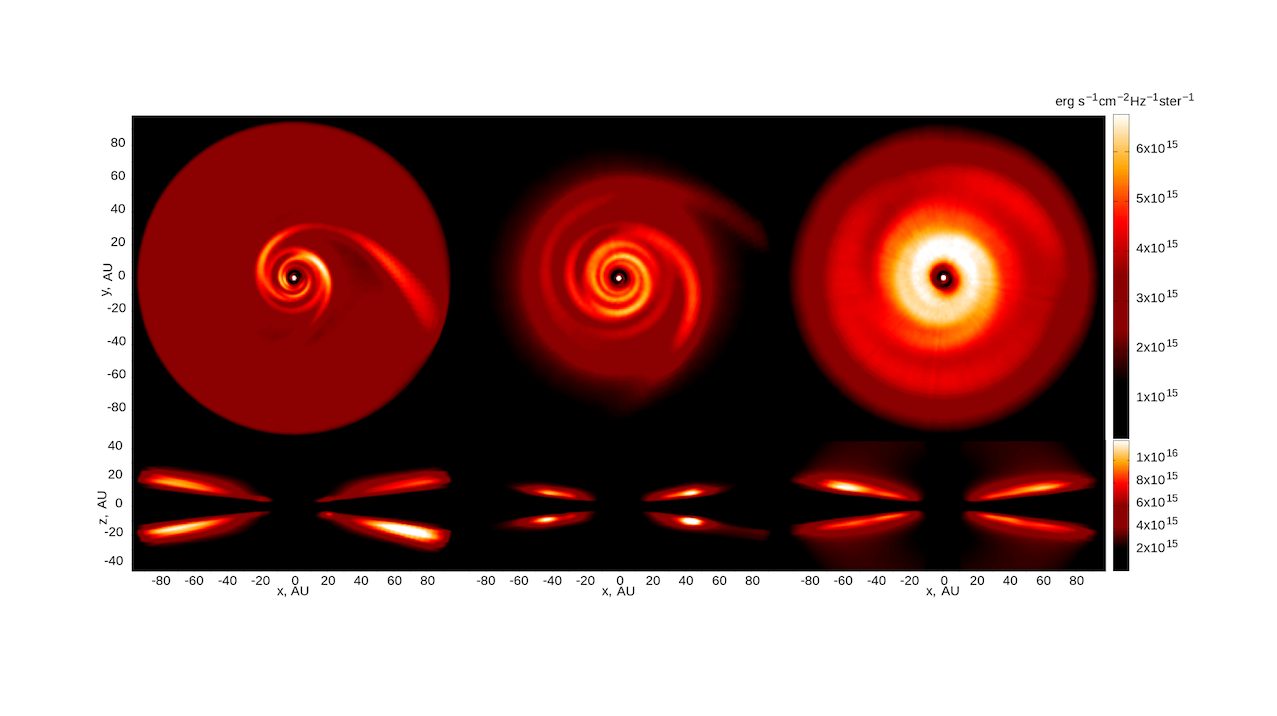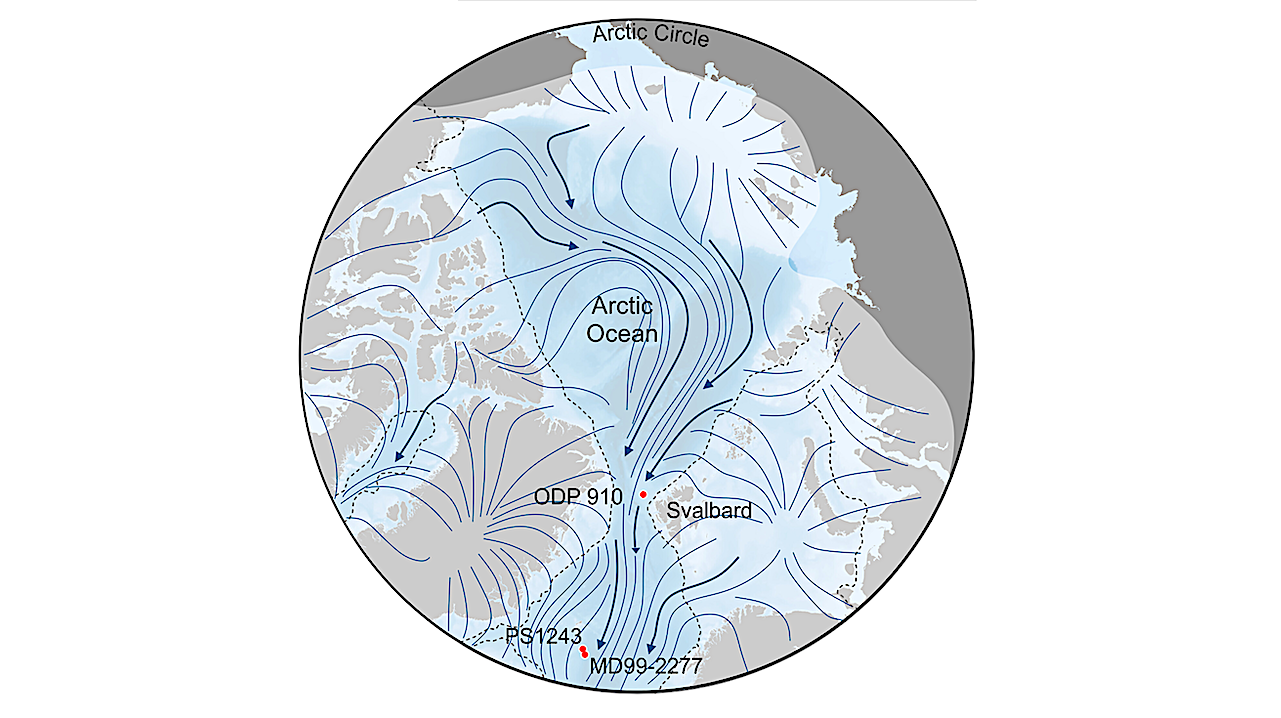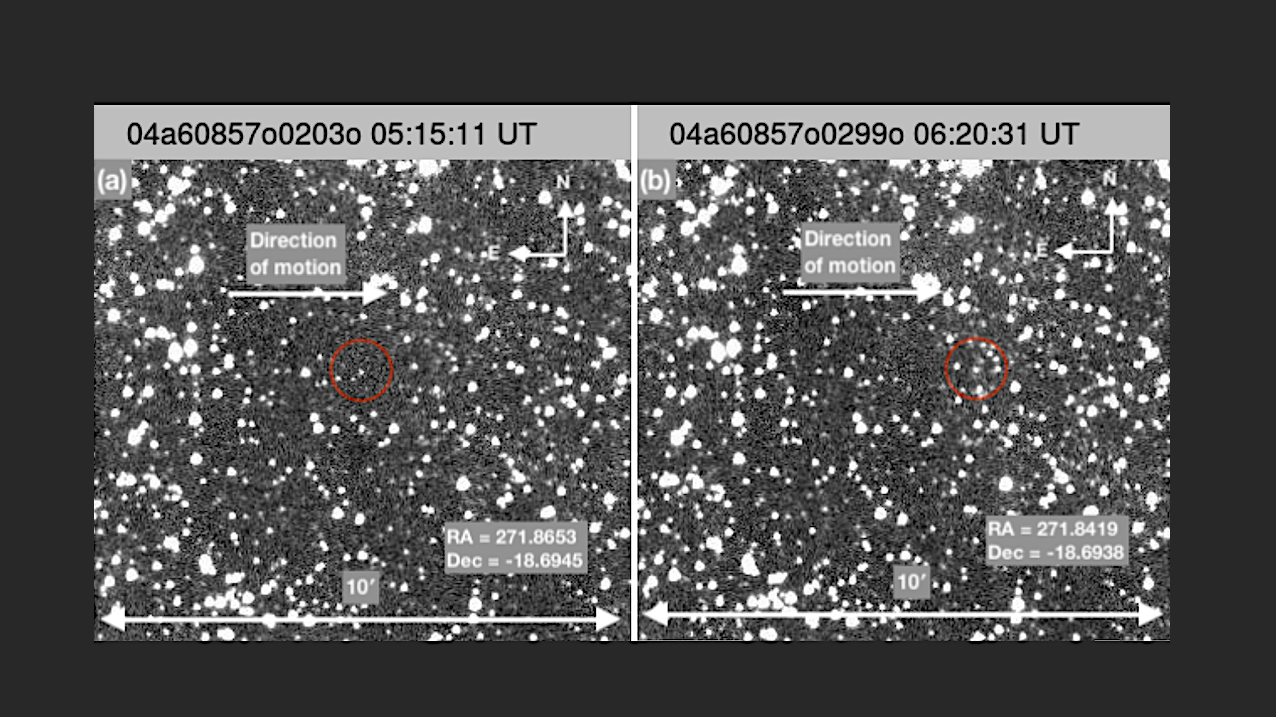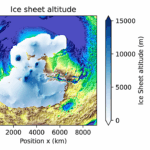Atmospheric speciation of TRAPPIST-1e at 280 K above a planetary surface with stable condensates for atmospheres originally in equilibrium with a fully molten mantle. In all panels, the curve colours
Astrobiology76- Page
The major COMs formation routes on grain surface. The COMs studied in our simulations have teal background. The species involved in the methanol formation chain are highlighted in bold. The
Reef scene off the coast of St. Croix, USVI In a first-of-its-kind study, Stanford researchers have measured how the abundance of ocean life has
Interstellar Comet 3I/ATLAS — ESA / Las Cumbres Observatory Astronomers from ESA’s Near-Earth Object Coordination Centre (NEOCC), part of the Agency’s Planetary Defence Office, made these observations of the newly
A comparison of state-of-the-art geometric distances that serve to anchor the distance scale and their current relative uncertainties. Additional candidate (≲1 Mpc) eclipsing binary hosts to target in future are
Earth’s surface is shown as it might have looked some 3.8 billion years ago, perhaps when life was just beginning, in this artist’s rendering. Illustration: NASA/JPL-Caltech/Lizbeth B. De La Torre
The color shows the product of the radiation flux at a wavelength of 3 µm and the square of the distance for the case of a prograde fall of the
Site locations and hypothesized pan-Arctic glaciation. ODP Site 910 and MD99-2277 (red dots) are located in the Eurasian sector of the Arctic Ocean and central Nordic Seas, respectively. Site 910
Distance vs. Stellar Mass for over 15,000 known galaxies out to 50 Mpc (Ohlson et al. 2024). Galaxies are colorcoded by their Hubble “T” Type, with early type galaxies T
Cutout images from the first and fourth discovery observations of 3I/ATLAS from the ATLAS Chile, spanning approximately one hour. 3I/ATLAS is moving at 0.49 deg/day against the stellar background. The
-
 012024 in Review: Highlights from NASA in Silicon Valley
012024 in Review: Highlights from NASA in Silicon Valley -
 02Panasonic Leica Summilux DG 15mm f/1.7 ASPH review
02Panasonic Leica Summilux DG 15mm f/1.7 ASPH review -
 03How New NASA, India Earth Satellite NISAR Will See Earth
03How New NASA, India Earth Satellite NISAR Will See Earth -
 04And Thus Begins A New Year For Life On Earth
04And Thus Begins A New Year For Life On Earth -
 05Astronomy Activation Ambassadors: A New Era
05Astronomy Activation Ambassadors: A New Era -
06SpaceX launch surge helps set new global launch record in 2024
-
 07Space Force plans new ‘Futures Command’ amid pressure to speed up modernization
07Space Force plans new ‘Futures Command’ amid pressure to speed up modernization


